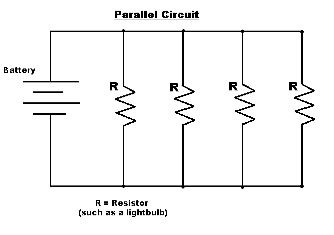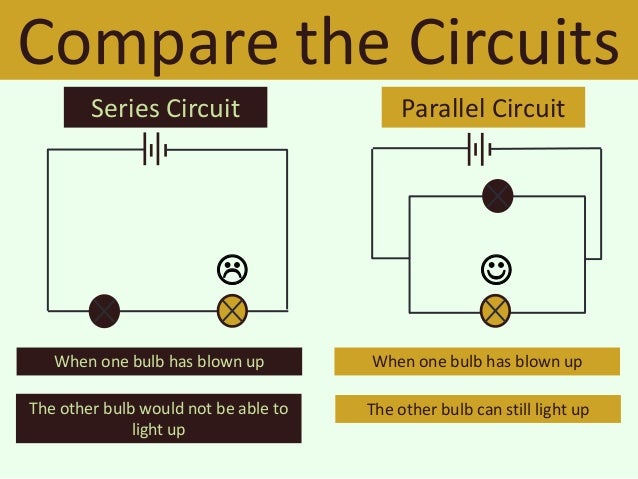

#SERIES AND PARALLEL CIRCUITS SERIES#
Both the circuits either series or parallel have the same aim of converting electrical energy into heat, sound etc. Similarities between Series and Parallel Circuitsġ. Resistance Equivalent R eq = 1/R 1 + 1/R 2 + 1/R 3 +. Resistance Equivalent R eq = R 1 + R 2 + R 3 +. If one bulb gets fuses still the circuit remains complete and the other bulb glows. If one bulb fuses than the circuit become incomplete. About Press Copyright Contact us Creators Advertise Developers Terms Privacy Policy & Safety How YouTube works Test new features Press Copyright Contact us Creators. The total resistance is less than the least resistance, current drawn is less but the battery life is short. Resistance adds up and so less current draws in the circuit and battery last longer. The voltage across each pathway is equal. The voltage is shared in ratio to resistance. Difference between Series and Parallel Circuits S.No.Ĭurrent splits and passes through pathways and then adds up again. 3 prong plugs – the circular, bottom hole leads to the ground buried outside.Distinguish, differentiate, compare and explain what is the difference between Series and Parallel Circuits. By joining two battery banks (already linked in parallel) and connecting them in series, we increase the battery banks voltage and Ampere-hours.


MCB acts as a switch and a safety device that can cut off all power supplies entering a house. They must be replaced after each operation. This principle completes our triad of rules for parallel circuits, just as series circuits were found to have three rules for voltage, current, and resistance.Heat produced by the arc may affect the associated switches.They can clear high as well as low current.Maintenance costs are practically zero.This heat melts the fuse, which normally has a low melting point, thereby preventing any damage to the electric circuit and appliances. When excess current flows through the wire, huge amount of heat is produced due to excessive flow of current. Heat is produced when current flows in the wire. Electric fuse is based on the principle of heating effect of electric current.


 0 kommentar(er)
0 kommentar(er)
